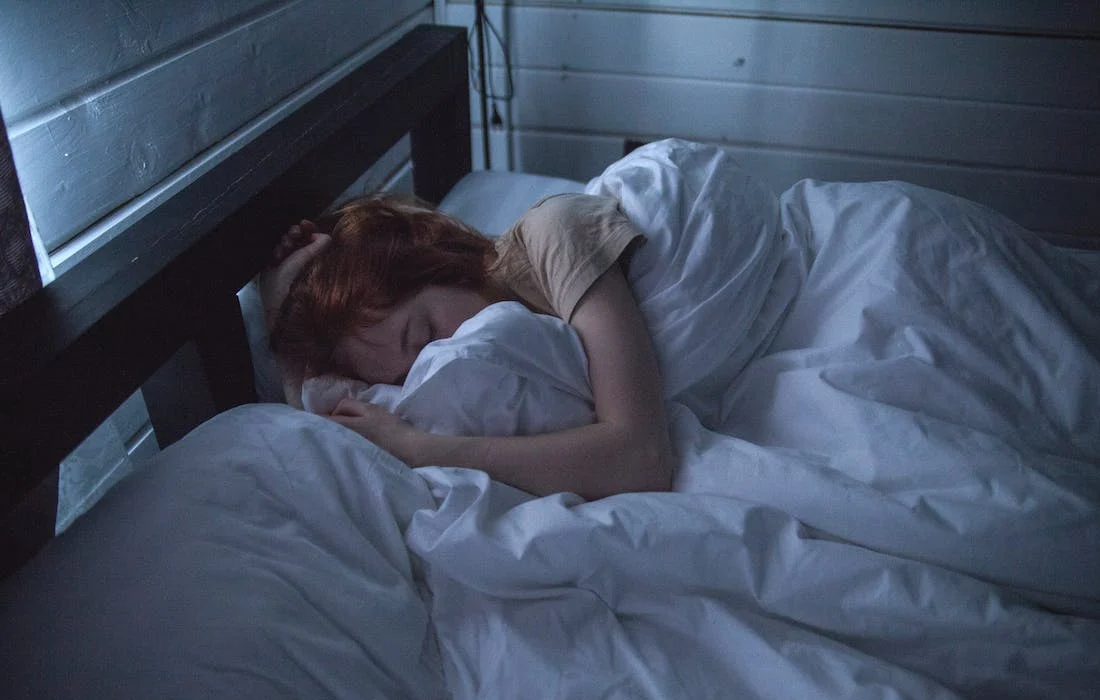Regenerative Medicine News and General Information
Floppy Eyelids May Be a Sign of Sleep Apnea
A Loyola Medicine study provide further evidence that floppy eyelids may be a sign of sleep apnea.
In a study published in the journal The Ocular Surface, corresponding author Charles Bouchard, MD, and colleagues reported that 53 percent of sleep apnea patients had upper eyelids that were lax and rubbery.
The most severe cases of sleep apnea were associated with the most pronounced cases of floppy eyelids, but this association was not strong enough to be considered statistically significant.
Obstructive sleep apnea (OSA) occurs when the upper airway becomes blocked repeatedly, preventing restful sleep. Symptoms include loud snoring, excessive daytime sleepiness and fatigue. OSA affects an estimated 34 percent of men and 17 percent of women, but up to 80 percent those affected have not been diagnosed.
A 2010 Harvard Medical School report estimated that moderate-to-severe sleep apnea was associated with $115 billion in healthcare costs, behind only cancer, diabetes and coronary heart disease.
Lax, rubbery eyelids are found in people who have one of three related conditions: lax eyelid condition (rubbery lids); lax eyelid syndrome (lax eyelids plus conjunctivitis); and floppy eyelid syndrome (lax eyelid syndrome in obese young men), said Dr. Bouchard, chair of Loyola Medicine’s department of ophthalmology.
The Loyola study included 35 patients who were evaluated by Loyola sleep specialists for suspicion of sleep apnea. Overnight sleep studies confirmed that 32 of these patients had sleep apnea.
Examinations by ophthalmologists found that 17 of the 32 sleep apnea patients (53 percent) also had lax eyelid condition. Among the methods ophthalmologists employed to measure lax eyelids was a measuring instrument developed at Loyola called a laxometer.
Researchers hypothesized that this objective measuring technique would provide a more accurate predictor of sleep apnea.
It’s unclear why sleep apnea is linked to floppy eyelids. One theory suggests the condition is associated with low-grade inflammation that causes degradation of elastin, a protein that allows skin and other tissues to resume their shape after stretching or contracting.
“Obstructive sleep apnea is a severely underdiagnosed disease, and without treatment leads to increased morbidity and mortality,” researchers concluded. “It is the duty of today’s ophthalmologist to be diligent in making the diagnosis of lax eyelid syndrome in the ophthalmology clinic. They are in the unique position to identify patients at risk for obstructive sleep apnea and address this critical public health problem.”
Sources:
Mackenzie Sward, Clayton Kirk, Sunita Kumar, Nabila Nasir, William Adams, Charles Bouchard. Lax eyelid syndrome (LES), obstructive sleep apnea (OSA), and ocular surface inflammation. The Ocular Surface, 2018; DOI: 10.1016/j.jtos.2018.04.003
Loyola University Health System. (2018, June 19). Floppy eyelids may be sign of sleep apnea. ScienceDaily. Retrieved December 26, 2023 from www.sciencedaily.com/releases/2018/06/180619172919.htm
Photo by Ivan Oboleninov from Pexels: https://www.pexels.com/photo/woman-sleeping-935777/

